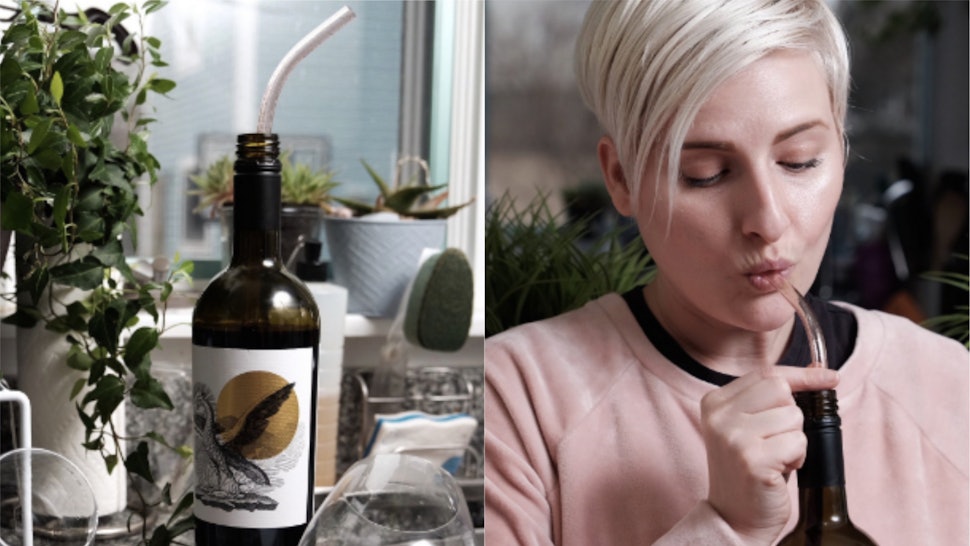I was cooking a stew with
my roommate the other night, and as the underqualified cook, my contribution
was opening the wine. Once I did – my roommate asked if he could have the
bottle (Meiomi Pinot Noir), and he proceeded to pour a cup of red wine into the
beef stew he was making. That got me thinking – where exactly did the idea for
cooking with wine come from? And how do you do it properly?
According to “What’s
Cooking America” - the function of wine in cooking is to intensify, enhance,
and accent the flavor and aroma of food – not to make the flavor of what you
are cooking, but rather fortify it. As with any type of seasoning in cooking,
balance should be observed while adding it in – a small quantity of wine should
enhance the flavor of the dish.
What happens to the
alcohol? In cooking, the alcohol in the wine is evaporated, and what is left is
the flavor of the wine. Boiling down the wine concentrates the flavor, and
intensifies either the acidity or the sweetness. To optimize the flavor, wine
should be added while allowing a sufficient amount of time to cook.
Here is
my favorite recipe that incorporates wine as a key ingredient – boeuf bourguignon







